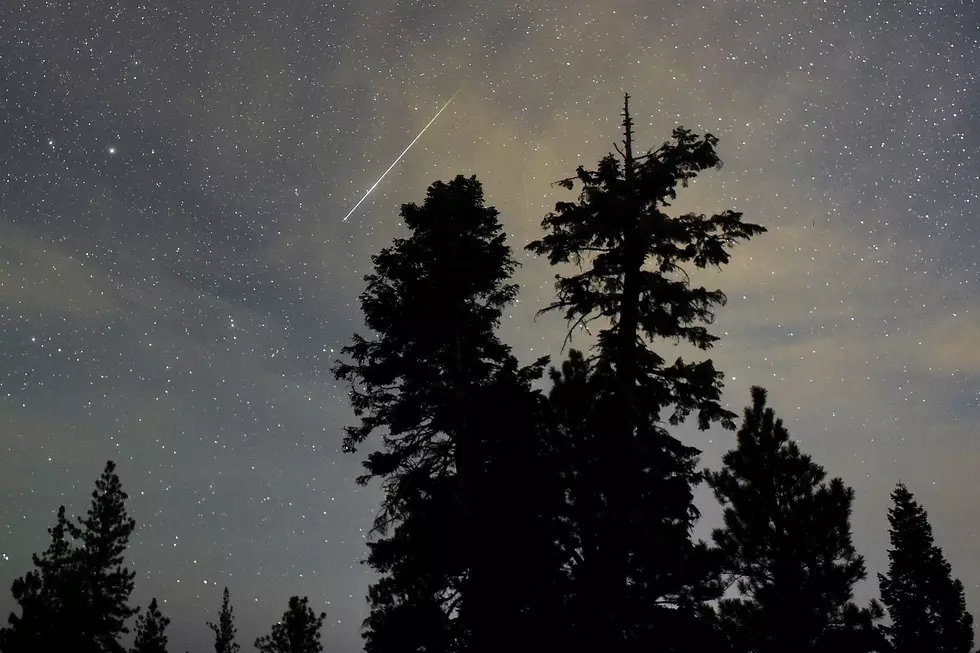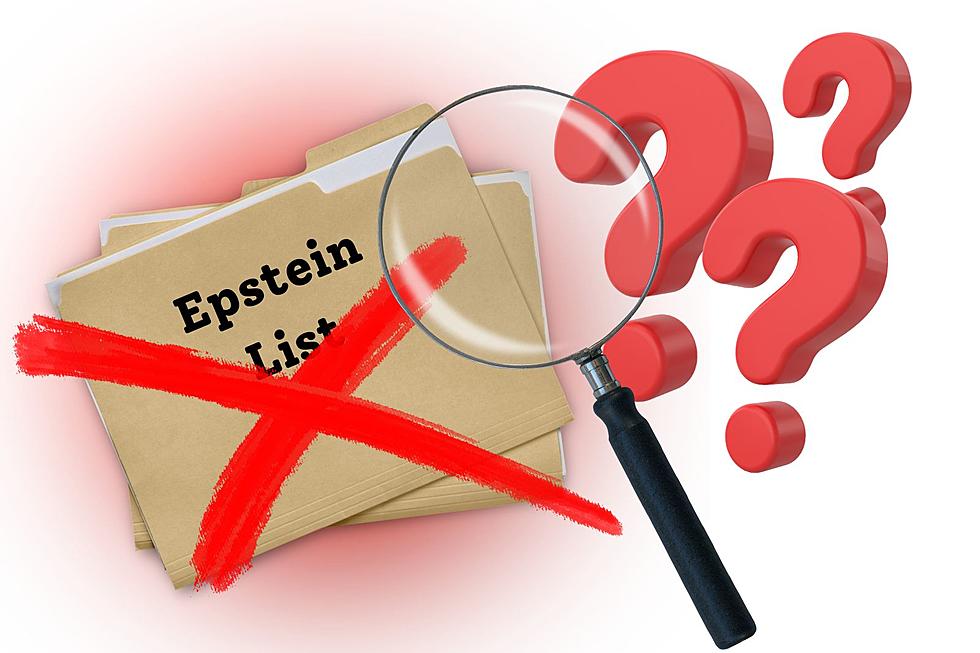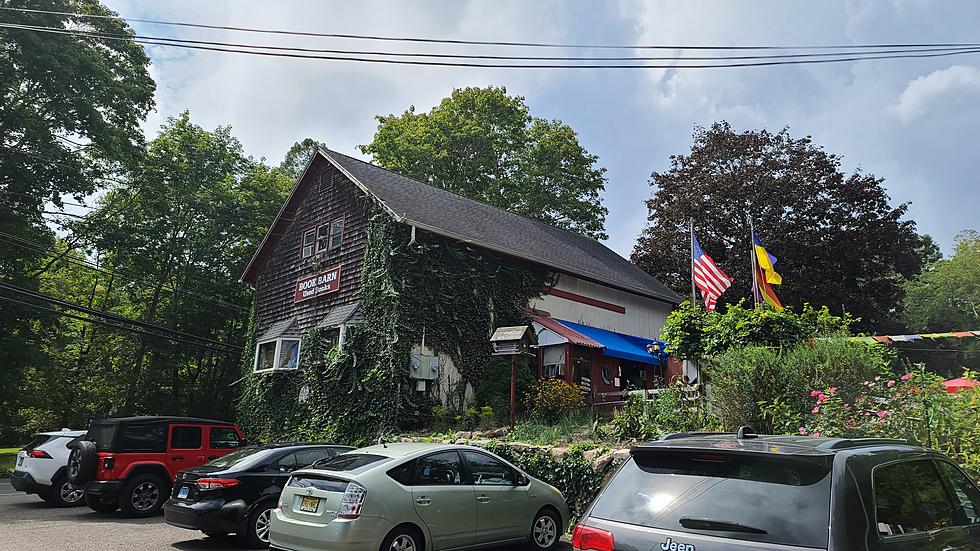
How To Watch The 2019 Total Solar Eclipse Live In CNY
The greatest celestial spectacle happens on July 2, 2019, and here's where to watch without eye protection.
A total solar eclipse is when the moon blocks out the sun. This time it will be visible from small parts of Chile and Argentina while a partial solar eclipse can be seen from Ecuador, Brazil, Uruguay, and Paraguay depending on the weather.
Time and date.com say a solar eclipse always occurs about two weeks before or after a lunar eclipse. So, there are still two eclipses in a row, but sometimes three during the same eclipse season. This is the first eclipse, and the second will be a partial lunar eclipse on July 16–17, 2019.
What the total solar eclipse will look like according to The Farmer's Almanac.
- Flames are leaping like pink geysers from the Sun’s edge with the naked eye.
- Watch the Moon discernibly moving in its orbit like in a sci-fi movie.
- See the sun’s atmosphere, its ultra-hot corona, splay far across the sky, displaying intricate filamentary structure, making visible the Sun’s impressive magnetic field, the largest structure in the solar system.
- Discover the sky’s brighter stars and planets emerge from the inky black cosmos, which only happens when the Sun is blocked.
How To Watch Live:
The Exploratorium (San Francisco) will offer free live coverage of the total solar eclipse, starting July 2, 2019, at 4:00 pm EDT. Check out the Exploratorium eclipse page.
European Southern Observatory (ESO): Watch the raw feed (without commentary) of the total solar eclipse from Chile.on their Web site https://www.eso.org/public/live/.
Date and time will also live stream the total solar eclipse, and they have a countdown to the event now.
Meteorologist Danielle Banks, and John Gianforte, University of New Hampshire astronomer, will live stream on weather.com and The Weather Channel app, Tuesday, July 2, from 4:00-5:00 p.m. EDT.
More From 96.1 The Eagle








